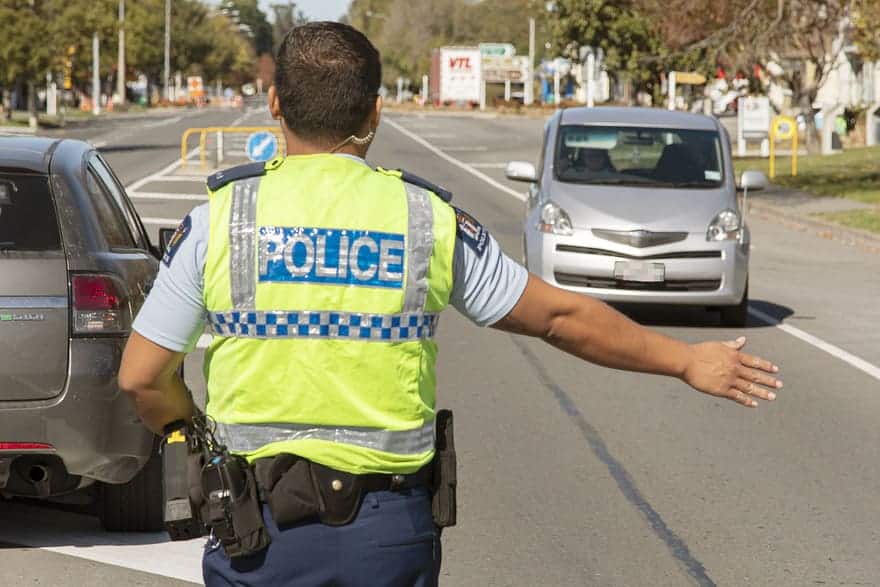If you are ever in the DC area, you will notice that there are a number of police checkpoints in DC. These are used for several reasons. Some of them are designed to catch people who are driving under the influence of alcohol. While they can be a good tool for law enforcement, they can also have a negative impact on traffic safety.
Background
Checkpoints are a method of police enforcement. They are commonly used to stop and question motorists who are suspected of driving under the influence of alcohol. The benefits of these checkpoints can be seen in terms of increased visibility and a reduced chance of a car accident.
Although checkpoints are a valuable tool for law enforcement, there are also disadvantages. These include the time and resources required for their implementation. Traditional checkpoints require a certain amount of preparation and approval, and a significant number of officers are needed. In addition, drivers may not realize that they are being stopped. This is especially true in rural areas, where the majority of fatal crashes are caused by alcohol-impaired driving.
Another issue is the potential for backlash from angry residents. One of the complaints about checkpoints is that they intimidate people. Moreover, some argue that checkpoints are a waste of resources.
Law enforcement uses checkpoints
Checkpoints are a method of stopping vehicles and collecting information. They can be used for traffic violations or in connection with a crime scene. However, the main purpose is to stop a vehicle, thereby enabling police to conduct a search.
A sobriety checkpoint is a specific type of checkpoint. These are designed to increase the number of drivers who are questioned about their alcohol consumption. This is in contrast to regular traffic stops, which are based on probable cause.
In addition to identifying impaired drivers, these checks can also help police identify drug abuse. As a result of this, they are becoming more common.
One of the ways to reduce the intrusiveness of a checkpoint is to use advanced publicity. Law enforcement agencies announce the date and location of the checkpoint in advance, and post signs in locations where only local residents can view them. Using GPS technology and smartphone apps can also help alert people that checkpoints are close by.
Publicizing sobriety checkpoints
Publicizing sobriety checkpoints in DC is crucial if the goal is to deter drunk driving. These high-visibility enforcement operations occur several times a year, often around holidays. In addition, they increase the public’s perception that drinking and driving are dangerous. However, research suggests that the deterrent effect of these checks is short-lived.
The DC police have a zero-tolerance policy on drinking and driving. This means that they will arrest anyone who is found to be in violation of this policy. Those arrested are required to provide identification and their driver’s license.
Unlike roving patrols, sobriety checkpoints are systematic, non-random stop procedures. Each nth vehicle is checked to determine if it is under the influence of alcohol. During these stops, the motorist’s license information is checked through the National Crime Information Center database.
Equipment used at checkpoints
The use of police checkpoints has drawn criticism from civil liberties groups and residents. These checks have been designed to combat a spike in homicides in Washington DC. But, according to a federal appeals court ruling, checkpoints are constitutional.
Checkpoints have been used for years by some jurisdictions. They are usually conducted at specific locations with a set number of sworn officers. In addition, they require specific planning and approval processes.
One of the major problems with checkpoints is that they are infrequently used. This is due to a lack of funding and resources for local police. Several states have a statutory ban on the use of checkpoints. However, some agencies have adopted this type of enforcement and have found them useful.
The evolving technology used in police checkpoints
Beyond the traditional considerations of deterrence and resource allocation, the landscape of police checkpoints is increasingly being shaped by technological advancements. Modern checkpoints are integrating tools such as automated license plate readers (ALPRs), advanced breathalyzers capable of detecting various substances, and even AI-driven systems that analyze driver behavior for signs of impairment.
These technologies aim to expedite the checkpoint process, enhance accuracy, and potentially reduce the intrusiveness perceived by the public. However, the deployment of such technologies also raises new questions regarding data privacy, algorithmic bias, and the potential for increased surveillance, adding a complex layer to the ongoing debate about the role and effectiveness of police checkpoints.
Effects of sobriety checkpoints on traffic safety
Sobriety checkpoints are an effective tool in reducing drunk driving crashes. However, there are a few things that you should know before you start implementing a program.
First, sobriety checkpoints aren’t all created equal. They have different frequencies and can involve other road safety measures. To determine how they will affect your community, you’ll need to study the effectiveness of sobriety checkpoints and learn more about the specifics of your own local policy.
According to researchers, sobriety checkpoints can be as effective as dedicated DUI enforcement patrols. That’s because of the way that these programs deter impaired drivers. The threat of being arrested reduces their confidence and increases the perceived risk of getting caught.
As of November 2017, 58 percent of state enforcement agencies conducted sobriety checkpoints. Only 13 states prohibit them. Some reasons for this include a lack of local resources, lack of funding, and legality.
Update: Based on updated research, the implementation of sobriety checkpoints demonstrates a complex landscape. While their efficacy in diminishing alcohol-related crashes is well-established, consistent deployment faces ongoing challenges. As of 2022, 38 states and the District of Columbia permit sobriety checkpoints, though the frequency of their usage varies significantly (FAAR, 2022). Factors such as funding constraints and law enforcement personnel shortages often impede regular implementation. Despite these obstacles, public support for sobriety checkpoints remains robust. Surveys indicate that a substantial majority of motorists favor their use, with studies showing approval ratings over 90% (Fell, 2019b). Moreover, meta-analyses, such as those conducted by the CDC (Bergen et al., 2014), have shown that sobriety checkpoints reduce alcohol-related fatal crashes. This data highlights the disparity between public acceptance and the practical limitations faced by law enforcement agencies in deploying these checkpoints.






